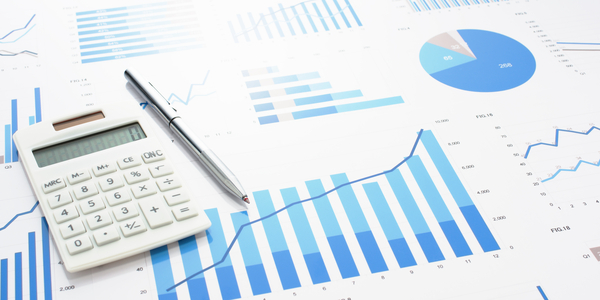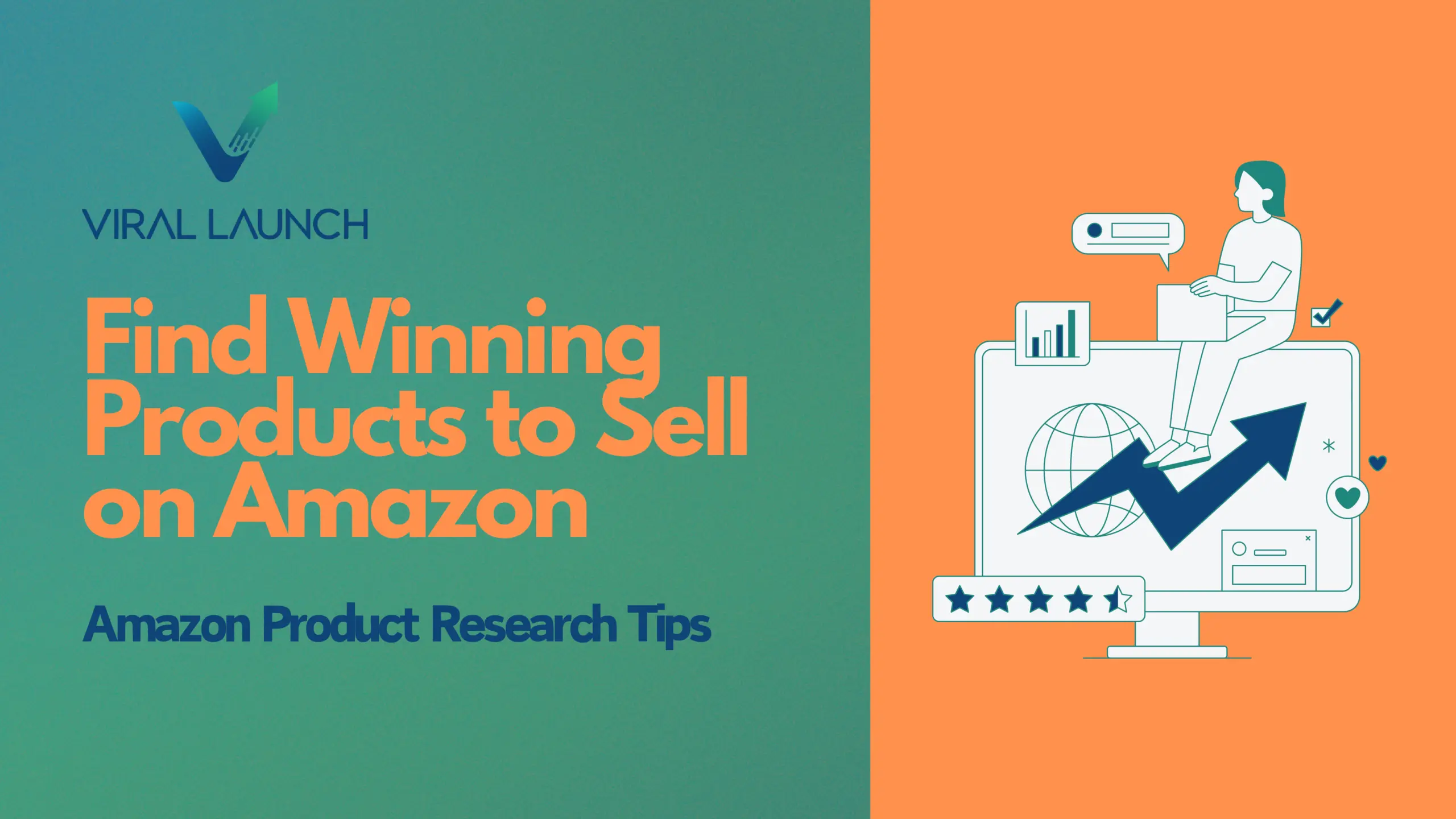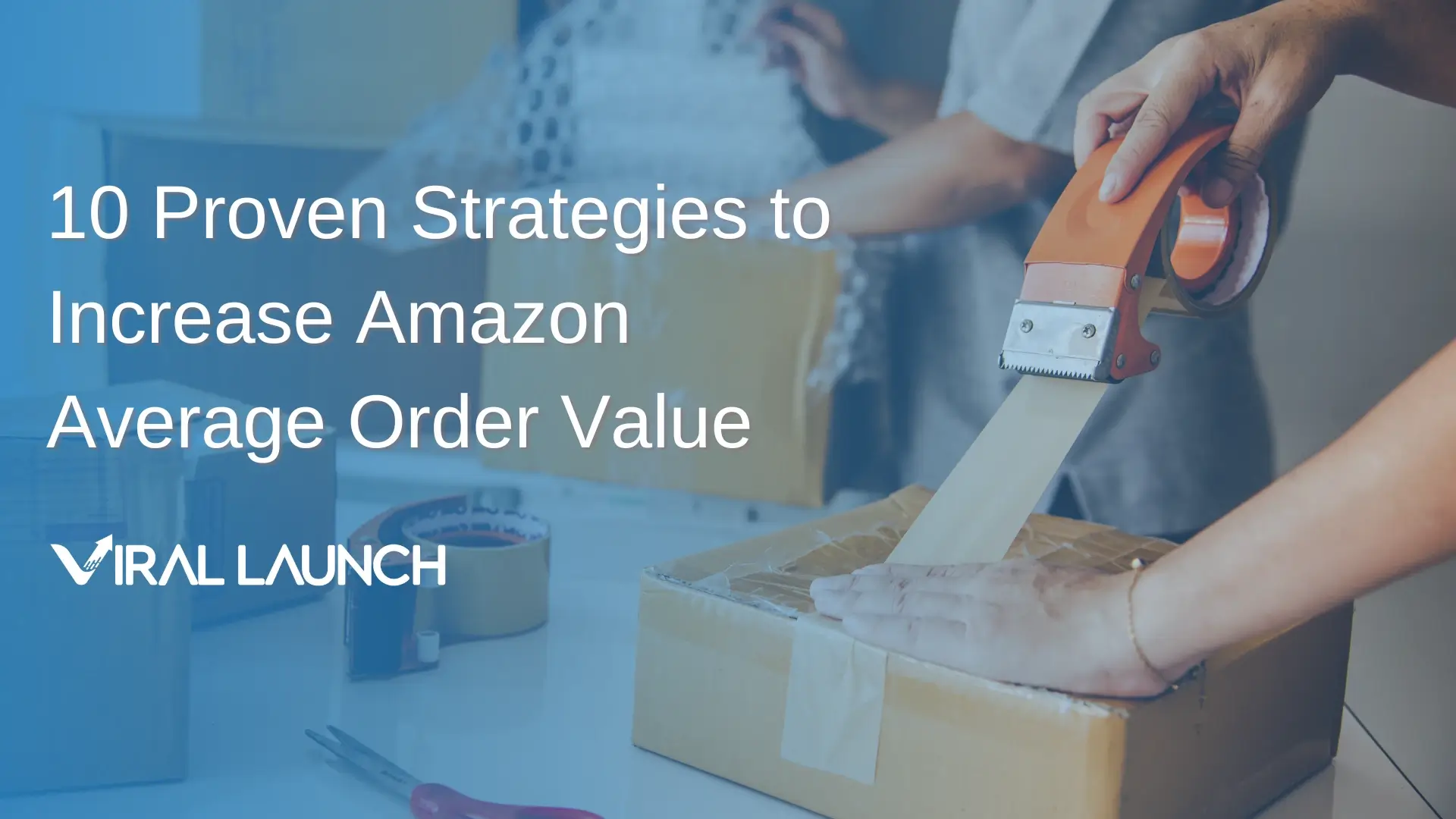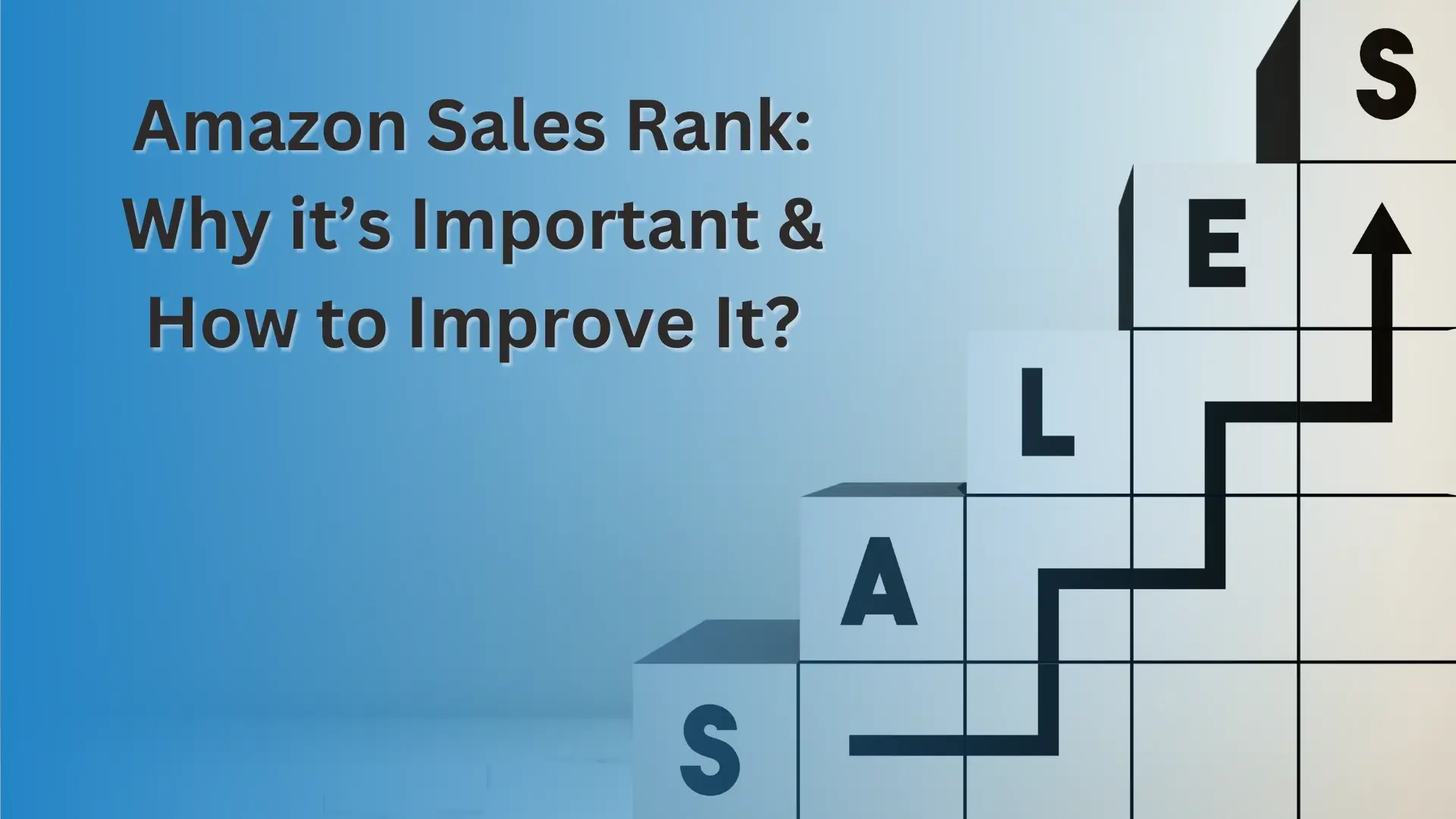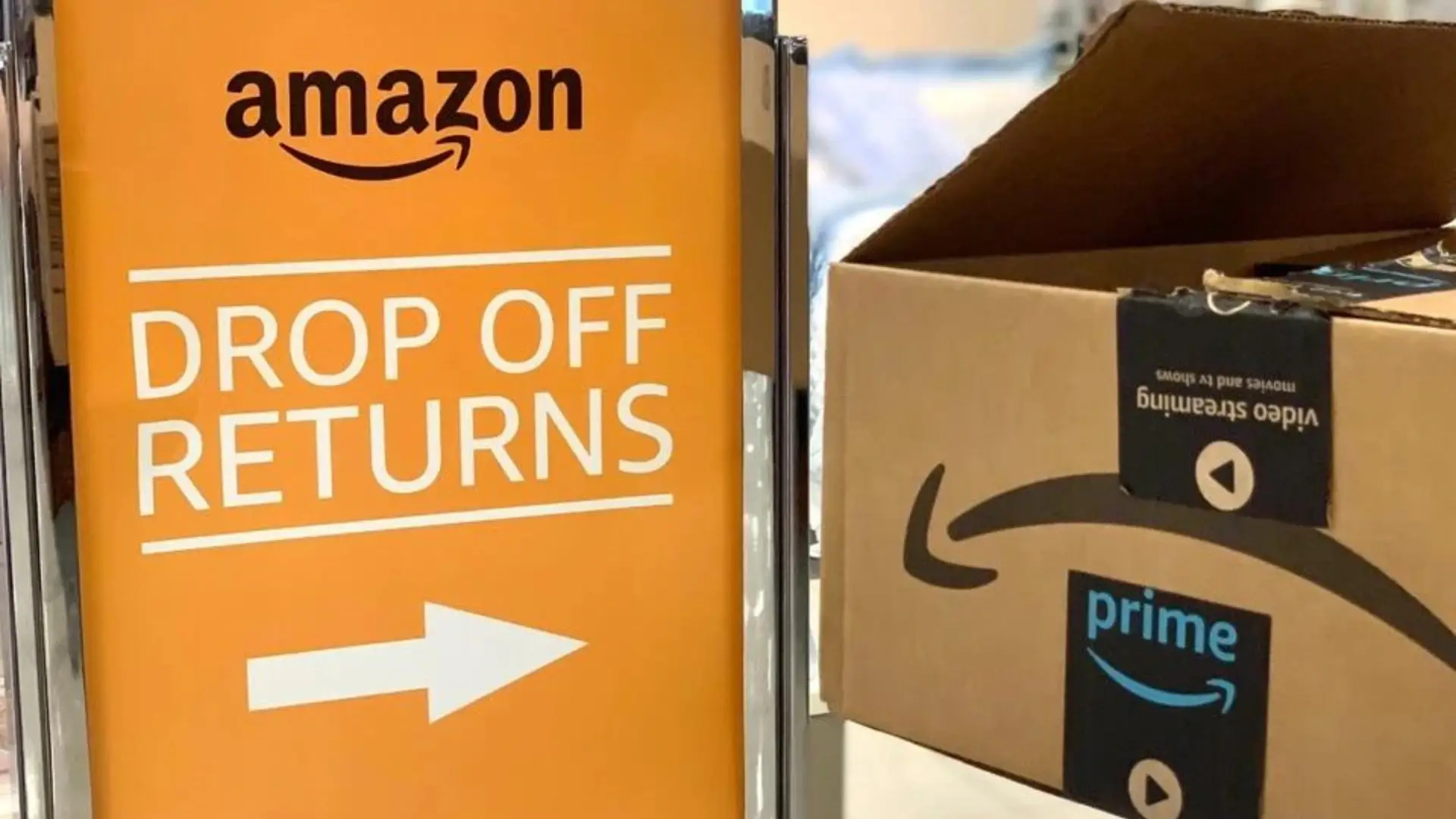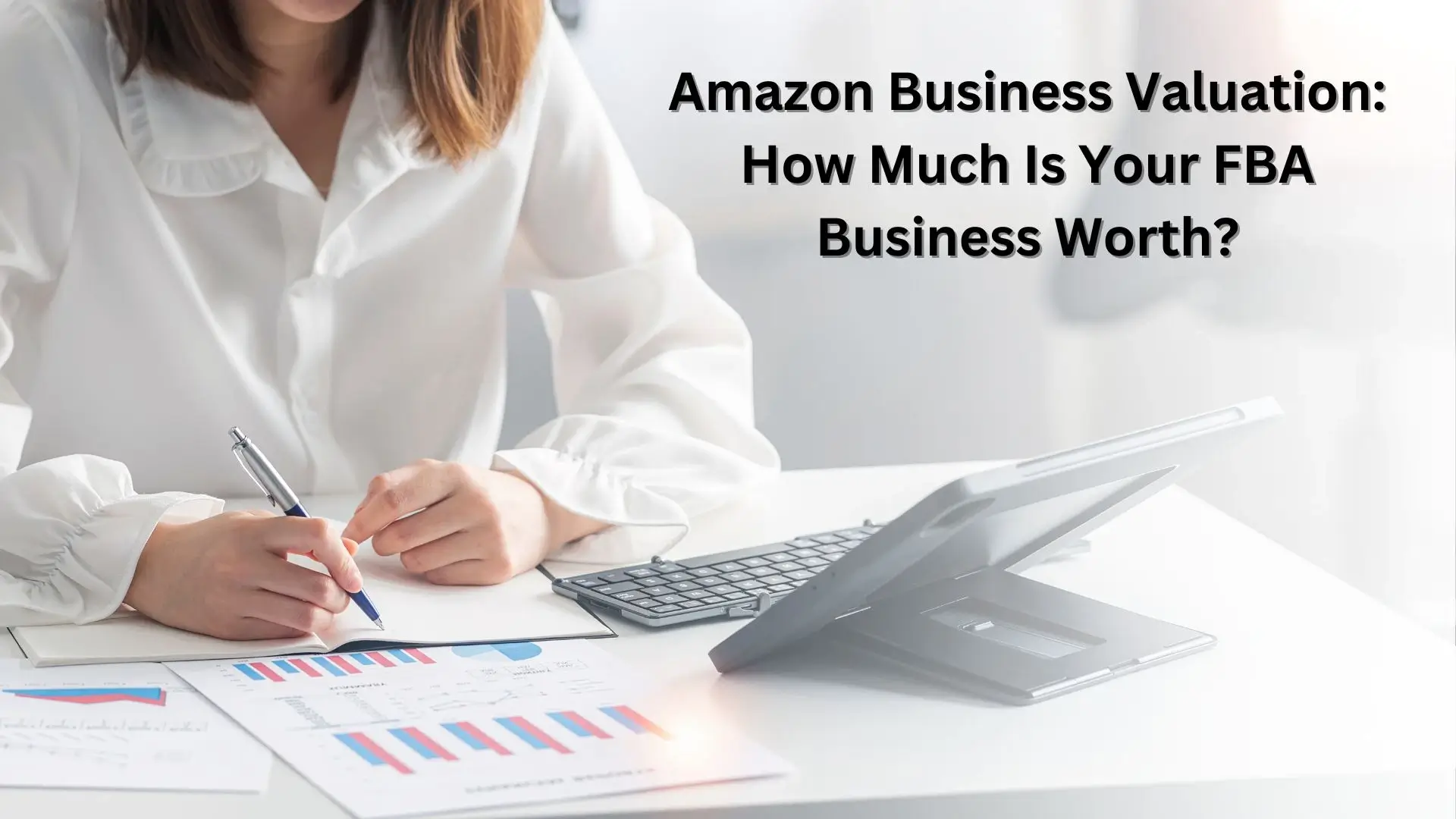Let’s say I sell a product that is more expensive than my competition. It is of better quality than my competitors, the product listing is well written, and my conversion rate is 25%. Should I increase the price to test the limits of my conversion and see if I can make better profit?
This seems like a logical question, right? One logical answer would be to either sit back and enjoy a rather satisfactory conversion rate. Another would be to perhaps try out some split testing and see if that rate begins to fall as the price rises.
Conversion can be a great data point to understand how customers are responding to your listing. If your conversion is really low, it tells you that there is likely something about your offering that is causing shoppers to pass on your product. It could be something as simple as an unattractive photo or word choice on a bullet, or it could be something a little more challenging to resolve, such as a poor review. It could also indicate that shoppers in the category tend to bounce around and explore their options a bit before settling on a product.
While conversion rate can give you some perspective, it doesn’t paint the whole picture. Let’s now return to the original question (because of course, it is a trick question):
What conversion rate doesn’t capture is the number of people actually interacting with your listing. What if I only made four sales in a month? Yes, a 25% conversion rate is great but if only 16 people interacted with my listing, does conversion matter? In this case, I’m probably paying attention to the wrong metric.
If you’re selling a high value item, you might be happy with four sales a month, but this probably isn’t the case. You could have one sale and a 100% conversion rate. In other words, if a product is listed on Amazon, and no one is around to buy it, does it make a sound?
What is a Conversion Rate?:
A conversion rate is the number of sales divided by the number of interactions (people clicking on your link). If 16 people click on your listing and 4 of them buy, your conversion rate is 25%. But as we’ve already discussed, while a low conversion rate most commonly means there may be a problem with your listing, a high conversion rate does not always signify a successful product. To access your conversion rate you will want to log into Seller Central, go to Reports, Business Reports, and finally, Sales and Traffic. You will be able to locate it in the “Order Item Session Percentage”.
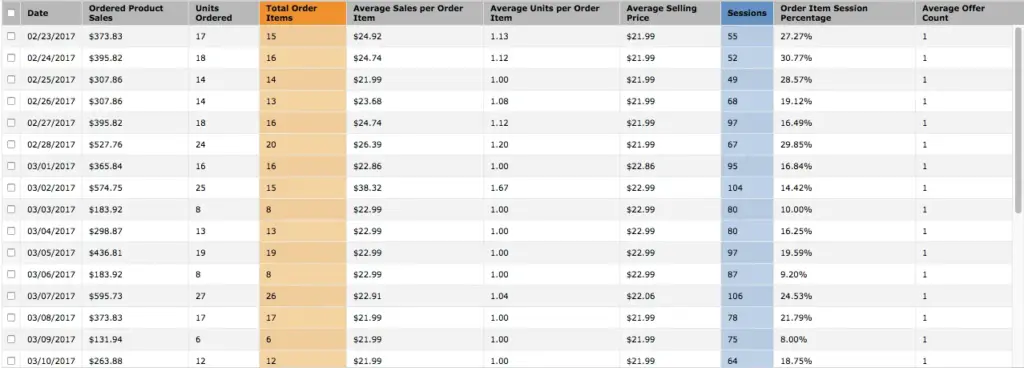
The Limit of Conversion Data:
The number one problem with spending too much energy analyzing your conversion data is that there could be a much larger limiting factor at play.
You can have a high conversion rate, but if you’re ranking on page 20 for every major keyword, the reason for your conversion rate could be that you’ve got a great offering but almost no one ends up finding it.
Alternatively, and potentially what is occurring in the question asked, maybe you have a great conversion rate and are on page one for some major keywords, but you’re not making many sales. You could have a situation where upon further inspection of your listing, shoppers are inspired to buy, but something is very quickly forcing the majority of shoppers to overlook your product.
For instance, you could have a great product, but it’s priced much higher than the competition. If someone clicks on the listing, they’ll realize that the improved quality is worth the price but most shoppers will skim through it in search of a more affordable option.
What should you be asking?:
While conversion rate is not a bad piece of intel to have, at the end of the day, selling on Amazon is all about one thing…THE MONEY. In other words, you must look at your conversion rate from a broader perspective: in the context of your visibility, your sales numbers, and your market share.
A more appropriate question is something like this:
I sell a product that is more expensive than my competition. It is of better quality than my competitors, the product listing is well written, and I’m selling 40 units a day with a healthy profit margin. Should I increase the price to test the limits of my revenue and see if I can make better profit?
With regards to this question, the answer is yes*.
The asterisk is that you shouldn’t just test a higher price, you should test a lower price too.
Let’s say you’re selling the product for $25 with a profit margin of $10 and you’re making 40 sales a day ($400 profit).
Maybe you up the to $26 to press your luck ($11 profit margin) and you still sell 40 units a day ($440 profit).
But what if you drop your price by a dollar to $24 ($9 profit margin) and you end up selling 80 units a day? Now you’re making a profit of $720.
The point is, everyone selling on Amazon has different metrics of what success is, but all of those metrics of success are all based on (you guessed it) the money.
The Conclusion on Conversion:
Among Amazon sellers, we frequently see questions and concerns when people get held up by the plethora of data points that they have to comb through at any given time. Whether it’s BSR, or conversion, or how your product is categorized, you need to ask yourself what the data is actually telling you. If that data is not directly correlated to how much money you’re making, it’s probably not worth focusing too much attention on.
Conversion rate can absolutely hint at potential problems or successes with your listing, but it by no means is an absolute sign of a successful product. You could have a 100% conversion rate selling expired meat on the internet. No shopper will even look at your listing, but eventually maybe some sicko buys it. Boom! One interaction/one sale.
The point is: to be effective on Amazon, you need to determine your metric for success, and you need to ask the right questions to achieve success. Use conversion; use BSR, and determine what you can learn from it and what you can’t.
You can make almost no money and have a high conversion rate, or you can make a lot of money with a ton of visibility and a low conversion rate. It’s just about asking the right questions and seeking the right answers.
On a final note, if you are looking for answers and wish split test some elements of your listing, check out Viral Launch’s split testing tool at listing-dojo.com.
